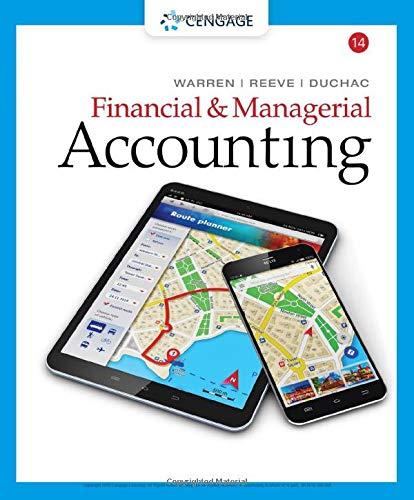Answered step by step
Verified Expert Solution
Question
1 Approved Answer
Please follow the instructions carefully. Write all your code in a Code cell, and your explanations in a Markdown cell. Make sure that your code
Please follow the instructions carefully. Write all your code in a Code cell, and your explanations in a Markdown cell. Make sure that your code compiles correctly either by selecting a given cell and clicking the Run button, or by hitting shift+enter or shift+return.




Step by Step Solution
There are 3 Steps involved in it
Step: 1

Get Instant Access with AI-Powered Solutions
See step-by-step solutions with expert insights and AI powered tools for academic success
Step: 2

Step: 3

Ace Your Homework with AI
Get the answers you need in no time with our AI-driven, step-by-step assistance
Get Started


